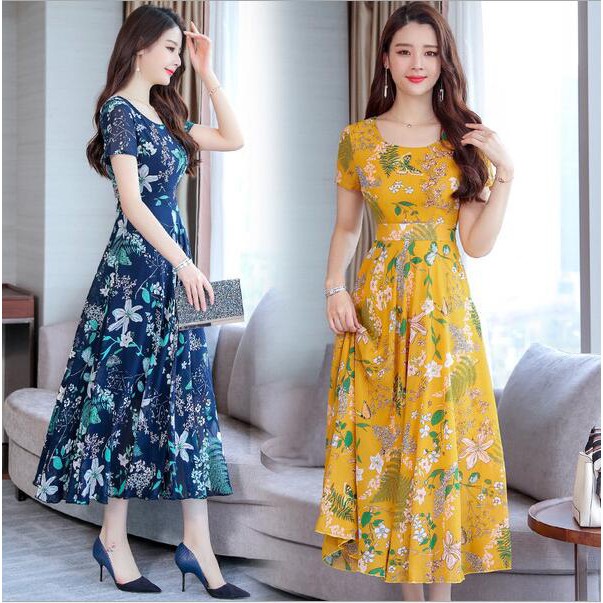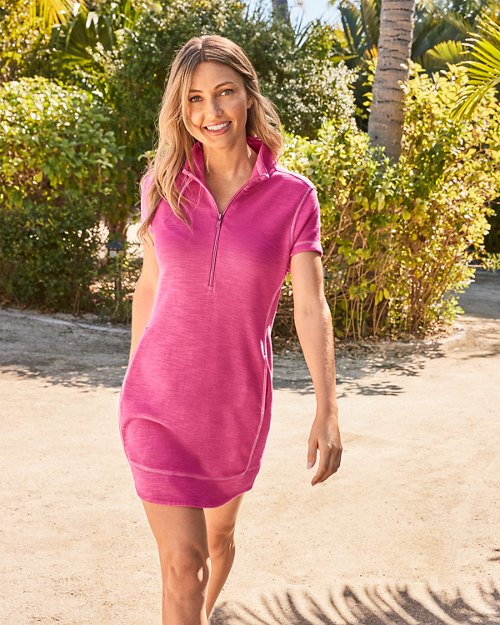In an ever-evolving world, dresses have transformed significantly. They’ve been a part of history, representing not only the essence of femininity but also the spirit of the era in which they were crafted. Today, the versatility of women’s dresses highlights their ability to adapt and cater to varying situations, from elegant ballrooms to high-powered boardrooms. They are as varied as the women who wear them, and they have evolved to become symbols of style, empowerment, and self-expression.
A Journey Through Time
Historically, dresses were considered a staple for women. Think of the grand ball gowns from the Victorian era or the flapper dresses from the Roaring Twenties. They depicted societal values, norms, and the fashion of the time. But more than that, they represented a woman’s status, her place in society, and, in many ways, her freedoms or lack thereof.
Over the years, as women made strides in their rights and roles within society, their dresses reflected these changes. The 60s and 70s, for example, saw a surge in bolder, freer styles. Dresses became shorter, patterns became more vivid, and cuts became more varied. The boardrooms of the 80s and 90s saw a blend of power and style, with women’s dresses that were sophisticated, commanding respect yet retaining their femininity.
Versatility is Key
One cannot ignore the unparalleled versatility that dresses offer. Need something for a black-tie event? There’s a dress for that. Heading to a business meeting? There’s a dress for that too. From flowy summer numbers that are perfect for a day at the beach to the well-tailored sheath dresses ideal for corporate settings, the range is vast and all-encompassing.
While the style and cut of a dress can easily adapt to an occasion, the adaptability also extends to seasons. With the right layering and accessories, a single dress can transition seamlessly from summer to winter, day to night, or casual to formal. It’s all about how one pairs it.
Considerations When Buying a Dress
Making the right choice in a dress is crucial. It’s not just about aesthetics; it’s about feeling good and projecting confidence. Here are some essential considerations:
- Body Type and Fit: Every individual has a unique body shape. Understanding what fits and flatters one’s physique can make all the difference. Instead of chasing trends, seek dresses that highlight strengths and create a balanced silhouette.
- Material and Comfort: The fabric of a dress significantly influences how it drapes and feels. Opt for breathable fabrics for warmer climates and more structured materials for formal settings.
- Purpose and Versatility: Before buying a dress, consider its purpose. Will it be worn to multiple events? Can it be dressed up or down? A versatile dress provides more value and can be a staple in the wardrobe for years.
- Care and Maintenance: Some dresses require more care than others. Understand the cleaning and maintenance requirements to ensure the dress stays in pristine condition for longer.
Empowerment and Self-expression
The beauty of women’s dresses lies not just in their physical appeal but in the empowerment they bring. Choosing a dress is a form of self-expression, a way for women to communicate who they are without saying a word. From ballrooms where they twirl in elegant flair to boardrooms where they command respect and authority, dresses have been allies of women, complementing their journeys, ambitions, and dreams.
In conclusion, as the world keeps changing and fashion continues to evolve, the essence of women’s dresses remains unchanged. They are versatile, beautiful, and powerful, making them an enduring symbol of femininity and strength. Whether in a ballroom or a boardroom, they ensure that the woman wearing them remains at the center of attention, shining in all her glory.


